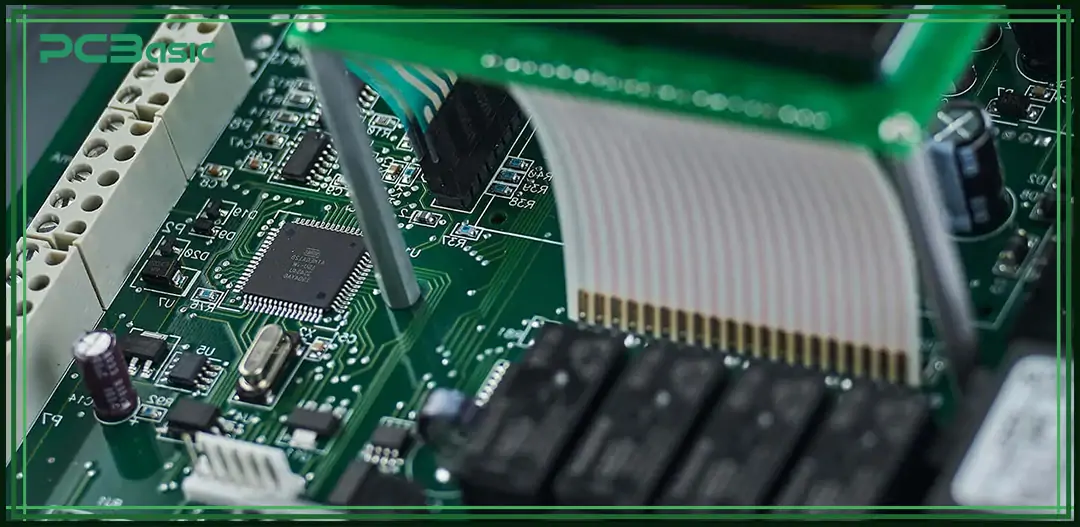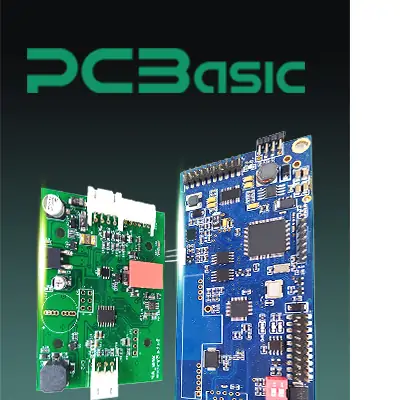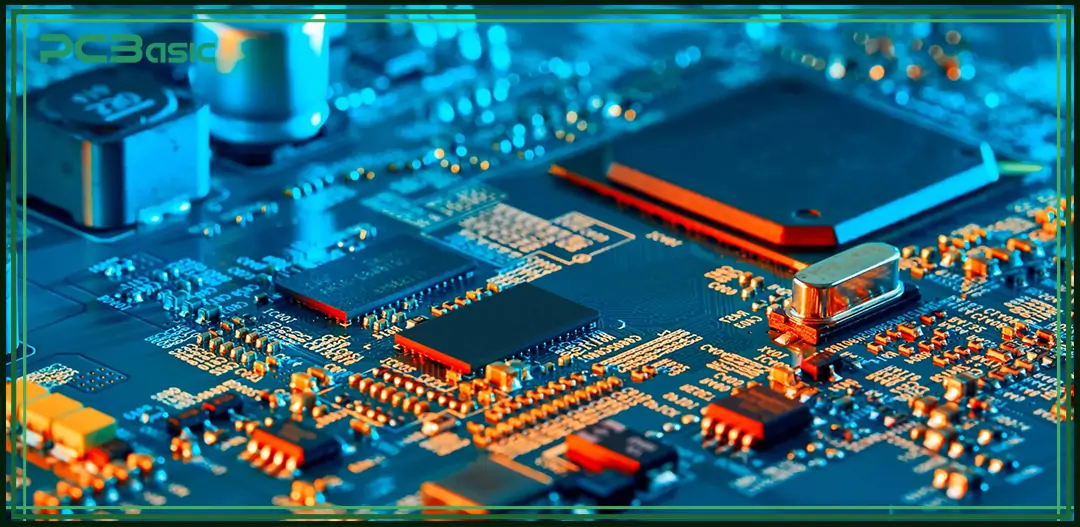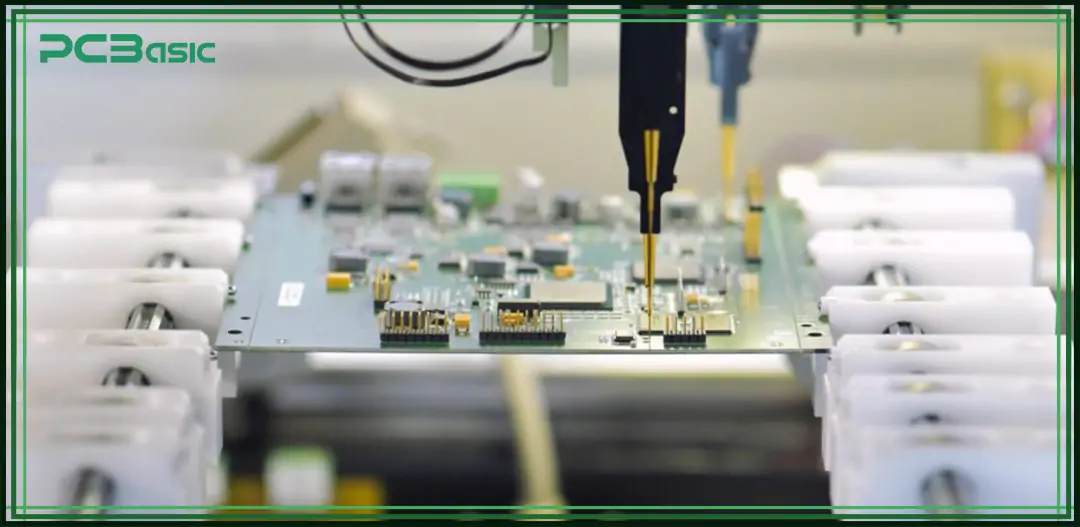Global high-mix volume high-speed PCBA manufacturer
9:00 -18:00, Mon. - Fri. (GMT+8)
9:00 -12:00, Sat. (GMT+8)
(Except Chinese public holidays)
Global high-mix volume high-speed PCBA manufacturer
9:00 -18:00, Mon. - Fri. (GMT+8)
9:00 -12:00, Sat. (GMT+8)
(Except Chinese public holidays)
HomePage > Blog > Knowledge Base > Aerospace PCB Design Standards and Assembly
In the aerospace industry, every component must be highly reliable, safe and have particularly stable performance. The printed circuit board (PCB) is precisely the core of these systems. It is like the brain and nervous system of aerospace devices, responsible for connecting and driving various critical functions. Compared with common consumer electronic products, the design and assembly requirements of aerospace PCBs are much stricter and must comply with various regulations and standards.
This article will take you to understand the aerospace PCB design standards and common aerospace PCB applications. It will also tell you why it is particularly important to choose a reliable aerospace PCB manufacturer.

The Aerospace PCB is a circuit board specifically designed for aircraft, spacecraft and military equipment. This type of PCB should be capable of continuous and stable operation in harsh environments such as high altitudes, drastic temperature differences, strong vibrations and radiation. Therefore, they will use special materials and be manufactured through precise processes to ensure that both the electrical performance and the structure are highly reliable.
A standard aerospace PCB usually has a multi-layer structure, may contain embedded components, and also has the function of anti-electromagnetic interference. From navigation, flight control to communication and engine monitoring, PCBs in aerospace components are almost applied in all important systems and are an indispensable core part of the entire equipment.
Aerospace PCBs' applications span a wide variety of mission-critical systems, including:
• Flight control systems
• Navigation and GPS modules
• Avionics and instrumentation
• Radar and communication systems
• Satellite technology
• Power distribution units
• Environmental monitoring and sensing devices
• Defense and surveillance systems
The importance of PCBs for the aerospace industry is self-evident. Since they are usually used for critical tasks such as flights, satellites or national defense, any problem could have serious consequences. Therefore, the role of the aerospace PCB manufacturer is of crucial importance. Every aerospace PCB assembly must undergo strict testing and quality inspection before delivery.
 About PCBasic
About PCBasic
Time is money in your projects – and PCBasic gets it. PCBasic is a PCB assembly company that delivers fast, flawless results every time. Our comprehensive PCB assembly services include expert engineering support at every step, ensuring top quality in every board. As a leading PCB assembly manufacturer, we provide a one-stop solution that streamlines your supply chain. Partner with our advanced PCB prototype factory for quick turnarounds and superior results you can trust.
To manufacture highly reliable PCBs for aerospace components, the most crucial step is to strictly follow the globally recognized aerospace PCB design standards. These standards not only stipulate what materials should be used but also provide detailed guidance on how circuits should be designed, how thermal management should be carried out, and how the structure of circuit boards should be laid out. These aerospace PCB design standards ensure stability and reliability in complex environments such as flight or space.
IPC is a globally recognized standard-setting organization for the electronics industry. It has issued a number of important design and manufacturing standards related to aerospace PCBS, including:
• IPC-A-610: It defines the quality standards for electronic assemblies and is the primary reference for evaluating soldering quality and appearance
• IPC-2221/2222: It provides general rules for PCB design and guidelines for categorized design. It serves as a fundamental reference for circuit planning and stack structure design.
• IPC-A-600: It is used to assess the acceptability of PCBs, including quality judgments on aspects such as the board, copper foil, and solder pads.
• IPC-6012DS: This is a standard specifically formulated for military and aerospace-grade rigid circuit boards with high-reliability requirements, which puts forward stricter requirements for performance and testing.
In addition to the IPC standards, PCBs in aerospace also need to comply with the relevant regulations established by military and aerospace institutions, such as:
• MIL-PRF-31032: This is the performance certification requirement proposed by the US military for high-reliability PCBs, with a focus on long-term durability and consistency control.
• AS9100D: It is a quality management system standard recognized by the global aerospace industry, which sets out comprehensive requirements for the entire manufacturing process and document traceability.
• NASA-STD-8739.1: Formulated by NASA, it covers standards for aviation PCB soldering, assembly processes and quality control.
These aerospace PCB design standards jointly ensure that aerospace PCBs can still operate stably for a long time in extreme environments such as high temperatures, vibrations, pressure changes and radiation. It is the fundamental guarantee for the security and performance of the entire system.

In order to operate reliably in extreme environments, PCBs in aerospace components must possess the following features:
1. High-Temperature Tolerance
Avionics often operate in high-temperature environments and requires the use of high-temperature resistant substrates such as polyimide and PTFE to manufacture aerospace PCBs.
2. Vibration and Shock Resistance
PCBs for aerospace components must have a structure that is resistant to vibration and shock.
3. Lightweight and Compact Design
In the aerospace field, every gram is of vital importance. Aerospace PCB manufacturers need to optimize weight and space to maintain a balance between reliability and compactness.
4. Radiation Resistance
In space and high-altitude applications, aerospace PCBs need to resist the influence of radiation on the performance of devices. Therefore, dedicated shielding and conformal coating techniques are required.

Compared with general industrial applications, aerospace PCB assembly has extremely high-process requirements and must be carried out by manufacturers with many years of experience. The key points are as follows:
Precision Soldering Techniques
In aerospace PCB assembly, processes such as laser soldering and selective soldering are commonly used to handle micro-pitch components to ensure the quality of solder joints.
Advanced Inspection and Testing
Each aerospace PCB needs to go through the following testing process:
• Automated Optical Inspection (AOI)
• Flying Probe Testing
• In-Circuit Testing (ICT)
• Burn-in and Thermal Shock Testing
Compliance and Traceability
A qualified aerospace PCB manufacturer can provide full-process records of materials and production processes and meet compliance requirements.
Cleanroom and Anti-Static Environments
All aerospace PCB assembly must be completed in a Class 10,000 clean room and anti-static area to prevent contamination.
PCBasic is a leading mid-to-high-end PCBA manufacturer in China, specializing in providing customized circuit board solutions for high-reliability fields such as aerospace, medical, industrial control, and automotive electronics. We not only have complete aerospace PCB assembly capabilities, but also have accumulated profound experience in the processing of high-difficulty boards such as multi-layer boards, HDI boards, high-frequency boards, and flexible boards. It is a reliable aerospace PCB manufacturer.
Core Advantages of PCBasic
• 15+ years of PCB design and project management experience
A seasoned engineering team proficient in the full process—from schematic design and layout to DFM (Design for Manufacturability) optimization.
• Dual-factory operation for flexible production capacity
Shenzhen facility focuses on quick-turn prototyping and small-batch customization
The Huizhou facility is equipped with automated production lines for medium and large-scale standardized manufacturing.
• Intelligent electronic components warehousing system
Centralized warehouse with automated control for rapid material location and BOM one-click import.
Guaranteed original components with transparent, traceable procurement.
• In-house stencil, fixture, and CNC machining capabilities
Stencil delivery in as fast as 1 hour; support for custom fixtures and precision parts machining.
• Advanced inspection and certification system
Equipped with full-process testing equipment, including AOI, X-Ray, flying probe test, functional testing, and burn-in testing.
Certified with ISO 9001, ISO 14001, ISO 13485, IATF 16949, and UL.
An IPC member with over 20 technical patents in manufacturing and quality systems.
• One-stop manufacturing solution
Complete in-house control from PCB fabrication, SMT, and DIP assembly to testing and packaging.
Ideal for customers in aerospace, medical, and industrial sectors with high standards for quality and delivery.
With the evolution of technology, the tasks undertaken by aerospace PCBs are becoming increasingly complex and the requirements are getting higher and higher. High-quality aerospace PCB design standards and reliable aerospace PCB assembly processes are the cornerstones to ensure the error-free operation of the system.
If you are looking for a reliable aerospace PCB manufacturer to meet the diverse aerospace PCB applications, Then PCBasic, which has rich experience, will be your ideal partner. We provide complete design, manufacturing and inspection solutions for PCBs for the aerospace industry to help your system operate stably in harsh environments.

Assembly Enquiry
Instant Quote
Phone contact

+86-755-27218592
In addition, we've prepared a Help Center. We recommend checking it before reaching out, as your question and its answer may already be clearly explained there.
Wechat Support

In addition, we've prepared a Help Center. We recommend checking it before reaching out, as your question and its answer may already be clearly explained there.
WhatsApp Support

In addition, we've prepared a Help Center. We recommend checking it before reaching out, as your question and its answer may already be clearly explained there.
